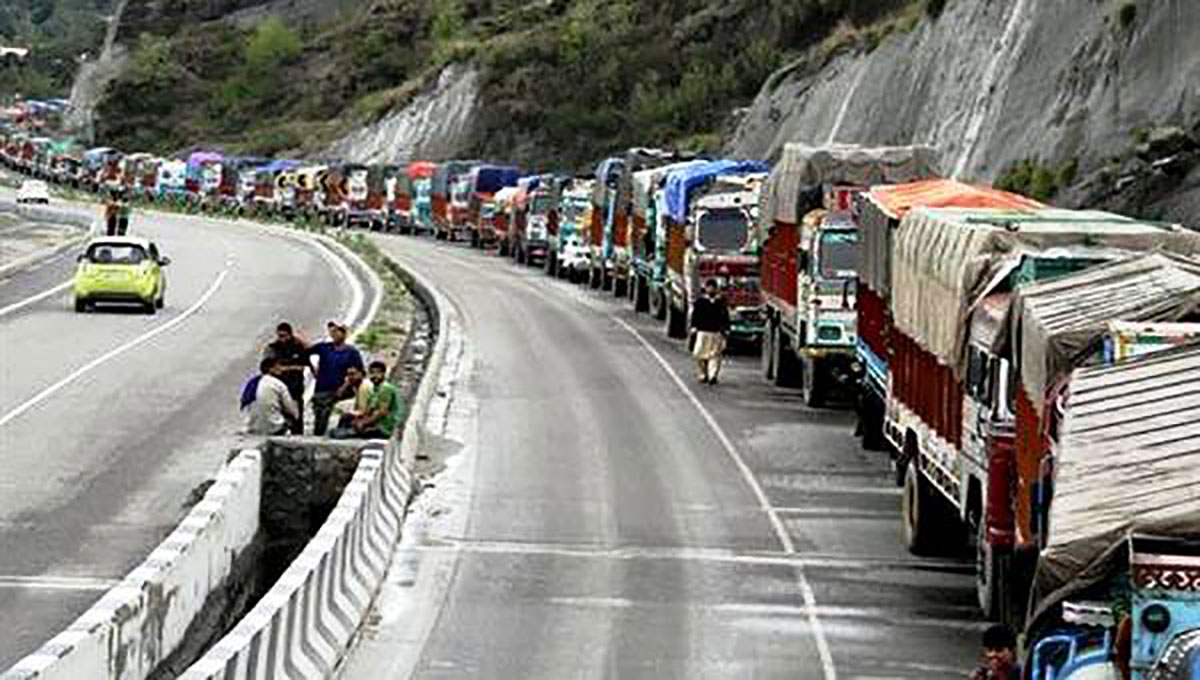A Windfall AGAIN
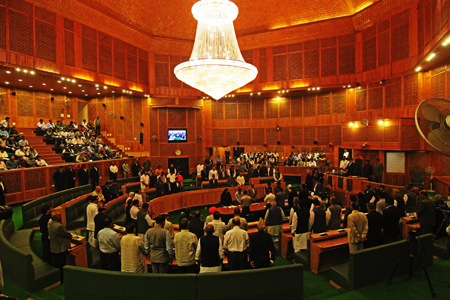
The ‘princely’ lawmakers of the ‘princely state’ will be wealthier now! Gone are the days when they were seen in white ambassador cars. Besides getting a hefty hike in their salaries, travelling and daily allowances, the legislators of J&K were gifted with high-end laptops as freebies and trendy SUVs as the New Year gift from the state government. But a spokesperson of the assembly secretariat termed the hike as flimsy and exaggerated. He said, “No hike in their salary has been ordered by the government. However, the enhancement of annual expenditure for air travels from Rs 50,000 to 1,00,000 was overdue because of the hike in airfare,” he said. The state’s home department has already started purchasing around 100 Bolero cars for the legislators of both the houses. Planning & development department has released around Rs 7 crore to the home department for the purchase of these vehicles. Besides vehicles, the salaries, daily, health, travel, accommodation, constituency development fund, office expenses and pension of legislators have been hiked by almost five times during the past six years. Their constituency development fund (CDF) and travelling allowance went up by 200 and 100 percent respectively since last year. The salary of a legislator was Rs 15,000 per month in 2006 and was raised to Rs 45,000 the same year to Rs 80,300 in 2012. As per the revised salary bill passed by the state legislature last year, the salary of chief minister was raised up from Rs 45,300 to Rs 90,300 while that of cabinet ministers was increased from Rs 40,300 to Rs 85,300 per month. The salary of ministers of state, MLAs and MLCs was raised from Rs 40,300 to Rs 80,300 per month.
The salary bill of lawmakers with this raise now comes to around Rs 1.34 crore per month now. Poor people had nothing!
Silence SHATTERED
The fear stricken villagers of Charunda village protested in Uri when Pakistani soldiers fired motor shell into the village
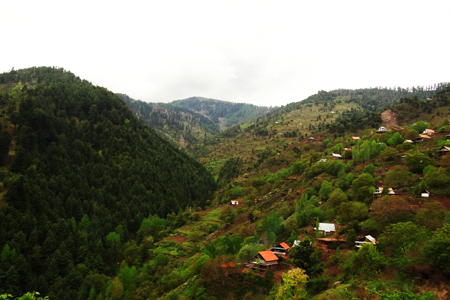
killing three civilians last week. Chief minister Omar Abdullah reacted saying “we too had mortars.” At the same time, he requested Pakistan to respect the ceasefire. A retaliation, he said, could trigger an unending exchange of fire between the rival armies.
“I request them (Pakistan) to respect the ceasefire,” Omar told reporters. “We also have guns and mortars. If we also start firing, where will this stop?” The tragedy happened when Pakistani mortars fired from Hajipeer peaks landed on a house in Churanda hamlet killing three civilians including a girl on the spot. The firing stopped at around noon when the residents put on loudspeakers from two mosques asking Pakistani army to stop shelling. It was only after that that the bodies were retrieved and put to rest.
The shelling has triggered panic in the entire border belt in Uri sector that, interestingly, hosts Kashmir’s only window to the other side of Kashmir for travel and trade. Panicked villagers on Wednesday trekked to Uri town to protest against the resumption of shelling on the LoC. They said they would prefer migrating to the hinterland if it continued.
Major General Bipin Rawat who leads the Baramulla based 19-Mountain division said Pakistani troops are firing intermittently on Indian positions since October 3. It intensified on Tuesday when around eight 83 mm mortars landed in Charunda village killing the three civilians. He admitted they have been renovating the forward position bunkers which is a routine affair before the winter sets in. Army has already lodged its protest against the shelling for the third time in October.
Kashmir Gets EXPENSIVE
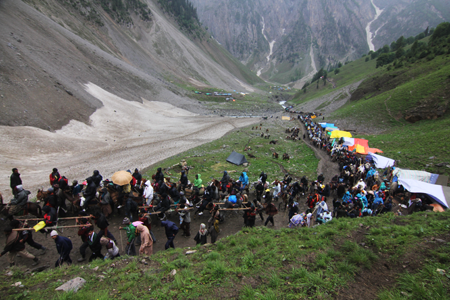
As the weeding season kicks off in the others parts of India, surprisingly Kashmir is emerging as the most favored destination. “Currently the trend is valley packages are one of the top-selling in the honeymoon category,” Sharat Dhall, president, Yatra.com, says.
Anticipating the influx, locals in Kashmir are busy building capacity and conveniences.
This year, more than 1.3 million tourists thronged the valley, the highest number in two decades of conflict in valley.”This year, 1.1 million tourists have already arrived and we expect the total to reach 1.4 million,” said Azmat Ali Khan, deputy director, directorate of tourism, Srinagar.
For decades, the region’s stunning beauty has been overshadowed by violence and unrest. The decline in the number of tourists visiting the valley was attributed to continuing violence on the streets of valley. But analysts say a majority of the tourists who come to Kashmir are domestic, not foreign as many foreign governments still advice their citizens against travel to Kashmir because of the continuing political instability.
“The people have tasted the fruit of commercial success,” says the owner of Kashmir’s best known craft shops: Suffering Moses. But, on the other hand, several governments still advise their travelers to go to specific locations in valley. The British foreign office still advises against all travel to or through rural areas of Kashmir and against all but essential travel to Srinagar. “Travellers intending to travel to Srinagar should only travel there by air, and should check the local security situation before doing so,” the advisory says.
The negative peace has ensured the influx of tourists to valley. Lets see where it goes from here.
The Last INSPECTION
It is believed that by the end of this year, the verdict could be delivered on the controversial Kishanganga
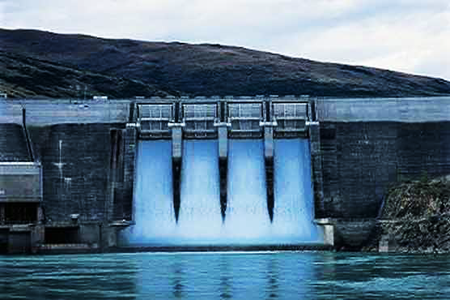
hydroelectricity project.
A joint team of arbitration experts from India and Pakistani visited the dam site of the 330-MW Kishanganga hydropower in Gurez near the Line of Control (LoC) in the frontier district of Bandipora.
An eight member joint team of the two countries, mostly hydraulic experts, arrived in Gurez in air force helicopters and visited the dam site of the power house, the construction for which is yet to start. The disputed power project is being built on Neelum River at Gurez in Kashmir.
In September 2011, the ICA had stopped India from any permanent work on the project in response to Pakistan’s appeal for “interim measures” against the dam which may cause diversion of the river’s flow.
Pakistani officials believe the construction of Kishanganga dam on Neelum-Jhelum River would deprive Pakistan of 13 percent of river’s water, which may deal a big blow to the country’s agriculture sector.
During a hearing in August 2012 in the international court at The Hague, Pakistan placed the matter for determination by the court of arbitration. The question was whether India’s proposed diversion of Neelum-Jhelum River into another tributary, the Bonar Madmati Nallah, being one central element of the Kishanganga project, breaches India’s legal obligations to Pakistan under the treaty.
The team was in Gurez for about an hour during which they inspected the site to monitor the implementation of the order of the Permanent Court of Arbitration at The Hague on the construction of the power house. The team visited the dam site in May this year and their first visit took place last year.
Controversial TREK
The Supreme Court has directed the state government to widen the road between Baltal and the Holy Cave of Amarnath as recommended by the SHPC. The work on the track will start soon.
Jammu and Kashmir government has asked the chief secretary to finalise the “work plan” for the annual Amarnath Yatra2013 that is to be submitted to the Supreme Court early next month. “The objective is to make the annual Amarnath Yatra a smooth affair.” If all goes well, work would be completed well before the commencement of Yatra in 2013.
The shrine board has not only agreed to widen the road between Baltal and the holy cave but also agreed to create more facilities for the pilgrims to ensure that no pilgrim meets the fate which over 100 pilgrims met this year.
The court said, “This planning should be done in conformity with the recommendations made by the SHPC and a tentative plan should be placed before the court on the next date of hearing.” Earlier, the state through its counsel submitted before the SC bench that it would ensure strict compliance of all the recommendations of the SHPC. The state cabinet under the chairmanship of chief minister, Omar Abdullah, had recently endorsed all these recommendations.
The division bench, while appreciating the state government, said, “We are happy to note that the state has, in principle, accepted all the recommendations made by the special high powered committee and even ensure their compliance subject to other statutory clearances as prevalent in the state.” The next date of hearing before the apex court has been fixed on November 21 this year.











